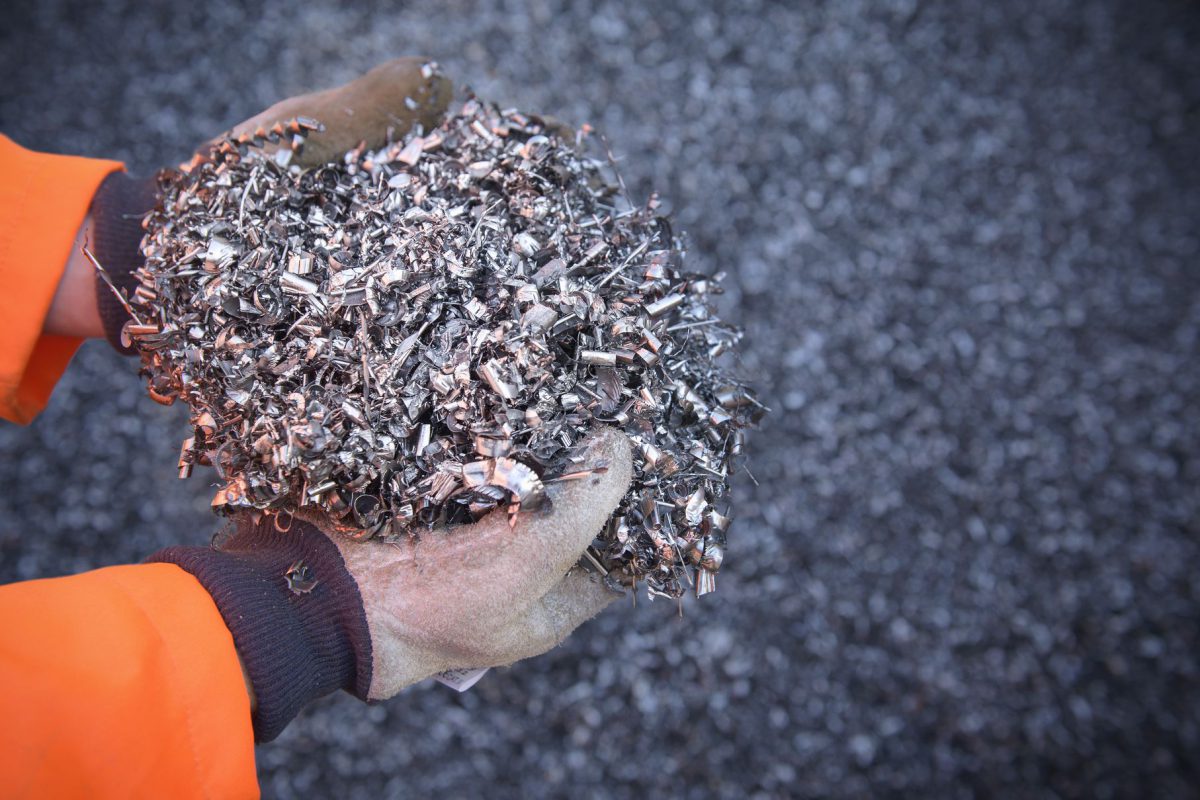Metal recycling, its importance, and recycling processes
Metals can be recycled repeatedly without altering their properties. According to the American Iron and Steel Institute (AISI), steel is the most recycled material on the planet. The other highly recycled metals include aluminum, copper, silver, brass, and gold.
Why Do We Recycle Metals?
Metals are valuable materials that can be recycled again and again without degrading their properties. Scrap metal has value, which motivates people to collect it for sale to recycling operations.
In addition to a financial incentive, there is also an environmental imperative. The recycling of metals enables us to preserve natural resources while requiring less energy to process than the manufacture of new products using virgin raw materials. Recycling emits less carbon dioxide and other harmful gasses. More importantly, it saves money and allows manufacturing businesses to reduce their production cost. Recycling also creates jobs.
Quick Metal Recycling Facts
Although almost every kind of metal can be recycled again and again without degradation of properties, in 2018, only 34% of metal in U.S. municipal waste facilities was recycled.2 Below are some additional facts:
- In 2019, 490.98 million (32%) of the the 1,532.51 million metric tons of crude steel produced worldwide was made using recycled materials.
- Around 69% of crude steel in the United States in 2019 was made of recycled materials.3
- In the United States alone, around 2.2 million tons of steel cans and other steel packaging waste were generated in 2018.4
- Steel and iron are the most recycled materials in the world due in part to the opportunity to recover large structures as well as the ease of reprocessing. The use of magnets in the sorting process enables recyclers to easily separate them from the mixed waste stream.
- Currently, the single most recycled container in the world is the aluminum can.
- Recycling a single aluminum can save enough energy to power 100-watt light bulb for nearly four hours.5
Types of Metals Recycled
Metals can be classified as ferrous, or non-ferrous. Ferrous metals are combinations of iron with carbon. Some common ferrous metals include carbon steel, alloy steel, wrought iron, and cast iron.
On the other hand, non-ferrous metals include aluminum, copper, lead, zinc, and tin. Precious metals are non-ferrous. The most common precious metals include gold, platinum, silver, iridium, and palladium.
The Metal Recycling Process
The main stages of the metal recycling process are as follows:
1. Collection
The collection process for metals differs than that for other materials because of higher scrap value. As such, it is more likely to be sold to scrap yards than sent to the landfill. The largest source of scrap ferrous metal in the U.S. is from scrap vehicles.6
Other sources include large steel structures, railroad tracks, ships, farm equipment, and of course, consumer scrap. Prompt scrap, which is created in the course of new product manufacturing, accounts for one-half of ferrous scrap supply.
2. Sorting
Sorting involves separating metals from the mixed scrap metal stream or the mixed multi-material waste stream. In automated recycling operations, magnets and sensors are used to aid in material separation.
At the entrepreneurial level, scrappers may employ a magnet, as well as to observe the material color or weight to help determine the metal type. For example, aluminum will be silver and light. Other important colors to look for are copper, yellow (for brass) and red, for red brass. Scrappers will improve the value of their material by segregating clean metal from the dirty material.
3. Processing
To allow further processing, metals are shredded. Shredding is done to promote the melting process as small shredded metals have a large surface to volume ratio.
As a result, they can be melted using comparatively less energy. Normally, aluminum is converted into small sheets, and steel is changed into steel blocks.
4. Melting
Scrap metal is melted in a large furnace. Each metal is taken to a specific furnace designed to melt that particular metal. A considerable amount of energy is used in this step.
Still, as mentioned above, the energy required to melt and recycle metals is much less than the energy that is needed to produce metals using virgin raw materials. Based on the size of the furnace, the degree of heat of the furnace and volume of metal, melting can take from just a few minutes to hours.
5. Purification
Purification is done to ensure the final product is of high quality and free of contaminants. One of the most common methods used for purification is Electrolysis.
6. Solidifying
After purification, melted metals are carried by the conveyor belt to cool and solidify the metals. In this stage, scrap metals are formed into specific shapes such as bars that can be easily used for the production of various metal products.
7. Transportation of the Metal Bars
Once the metals are cooled and solidified, they are ready to use. They are then transported to various factories where they are used as raw material for the production of brand new products.
When the products made of these metal bars come to the end of their useful life, the metal recycling process cycles again.

